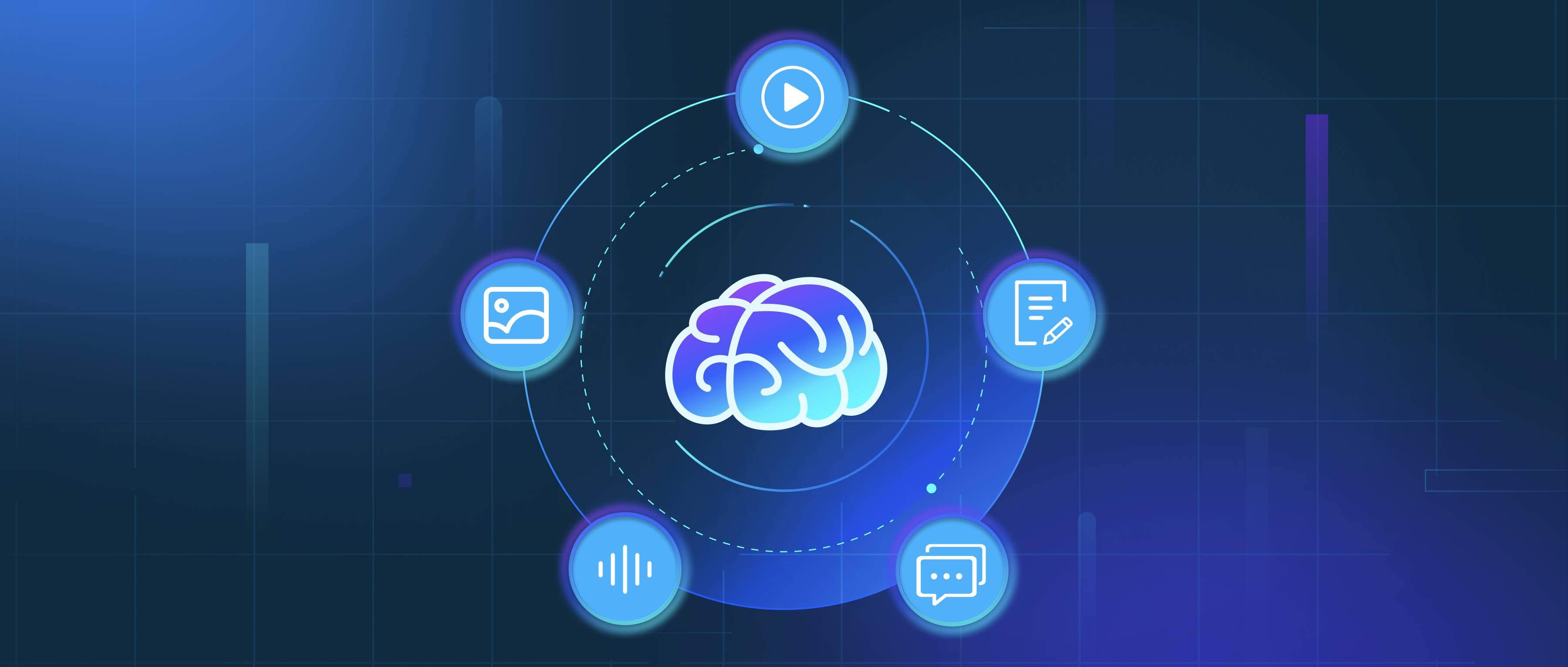Swarm intelligence improves decision-making by leveraging the collective behavior of multiple agents to find solutions to complex problems. Instead of relying on a single decision-maker or a small group of experts, swarm intelligence utilizes the distributed nature of many agents, each acting based on local information and simple rules. This approach leads to more diverse perspectives and promotes collaboration, allowing the group to arrive at better solutions than any individual could achieve alone.
One common example of swarm intelligence is observed in nature, such as the behavior of ants when foraging for food. Ants leave pheromones to signal to others where food sources are located. By following these chemical trails, more ants are guided to the food, which helps the colony efficiently gather resources. This natural phenomenon can be translated into algorithms used in optimization problems, such as the Ant Colony Optimization algorithm, which helps find the shortest paths in network routing or logistics. By mimicking the way ants communicate and collaborate, developers can create systems that enhance decision-making in various applications.
Another practical application of swarm intelligence can be found in the field of multi-agent systems. For instance, in a scenario where multiple drones need to survey an area, each drone can operate independently but share information about obstacles, areas already covered, and optimal routes. This leads to a more effective survey strategy overall compared to having each drone act in isolation. By coordinating their efforts, the system not only improves efficiency but also adapts to changing conditions in real-time, further enhancing the decision-making process. Overall, swarm intelligence provides a robust framework for improving decision-making through collaboration, adaptability, and enhanced problem-solving capabilities.
